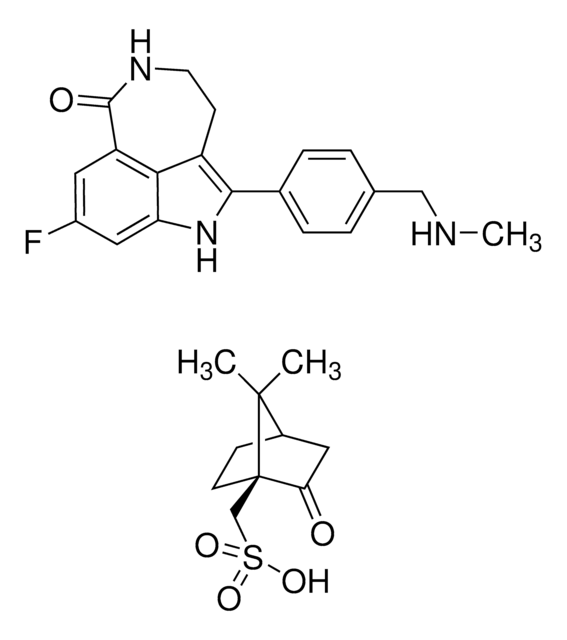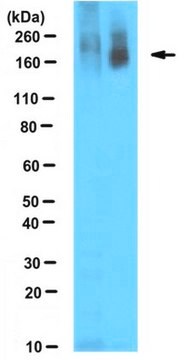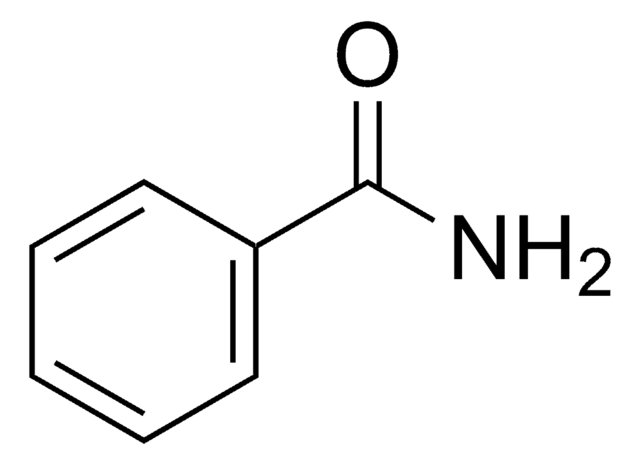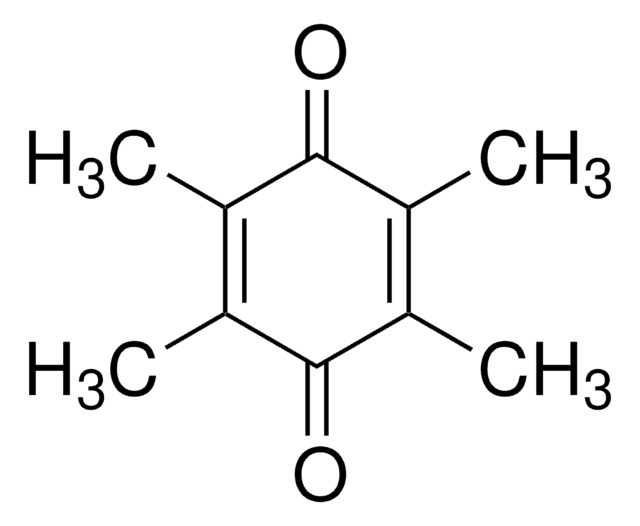A0788
3-Aminobenzamide
≥99% (TLC)
Synonym(s):
3-AB, 3-ABA
About This Item
Recommended Products
Assay
≥99% (TLC)
form
powder
color
white to off-white
mp
115-116 °C (lit.)
solubility
ethanol: 50 mg/mL, clear, light yellow
DMSO: soluble
H2O: soluble (may require gentle heating)
storage temp.
room temp
SMILES string
NC(=O)c1cccc(N)c1
InChI
1S/C7H8N2O/c8-6-3-1-2-5(4-6)7(9)10/h1-4H,8H2,(H2,9,10)
InChI key
GSCPDZHWVNUUFI-UHFFFAOYSA-N
Gene Information
mouse ... Parp1(11545)
Looking for similar products? Visit Product Comparison Guide
Application
Biochem/physiol Actions
Features and Benefits
Storage Class Code
11 - Combustible Solids
WGK
WGK 3
Personal Protective Equipment
Choose from one of the most recent versions:
Already Own This Product?
Find documentation for the products that you have recently purchased in the Document Library.
Customers Also Viewed
Related Content
Apoptosis, or programmed cell death (PCD), is a selective process for the removal of unnecessary, infected or transformed cells in various biological systems. As it plays a role in the homeostasis of multicellular organisms, apoptosis is tightly regulated through two principal pathways by a number of regulatory and effector molecules.
Our team of scientists has experience in all areas of research including Life Science, Material Science, Chemical Synthesis, Chromatography, Analytical and many others.
Contact Technical Service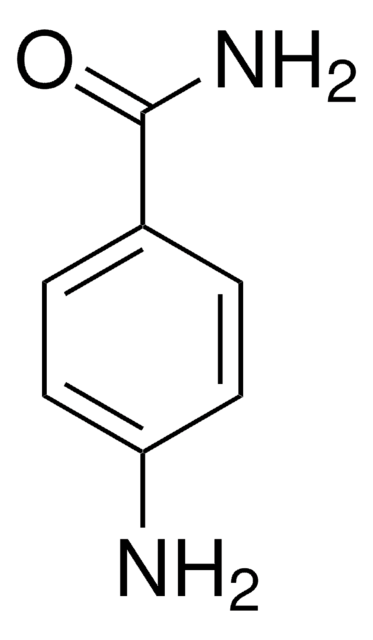
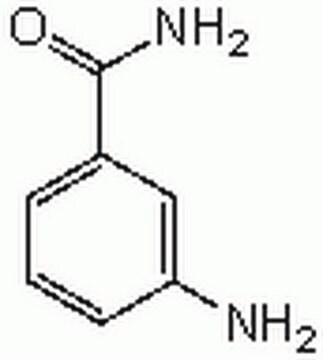
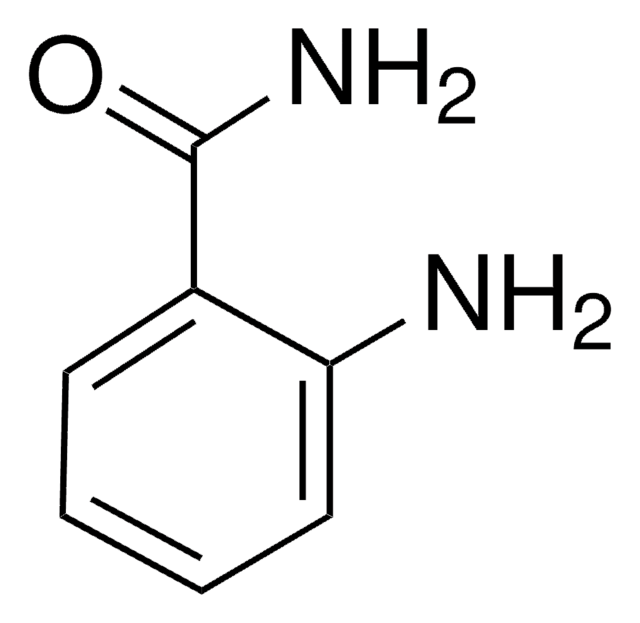
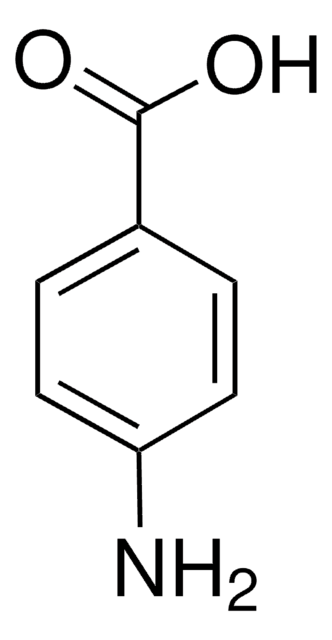


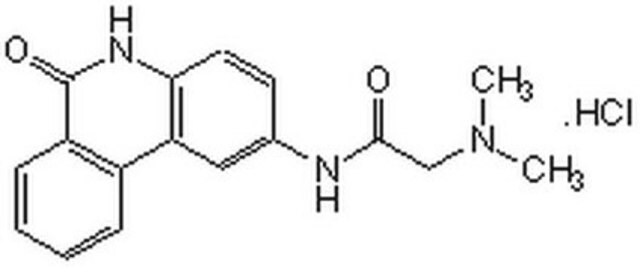

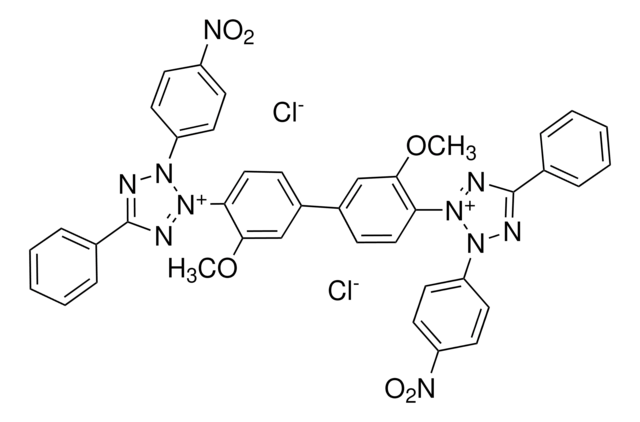


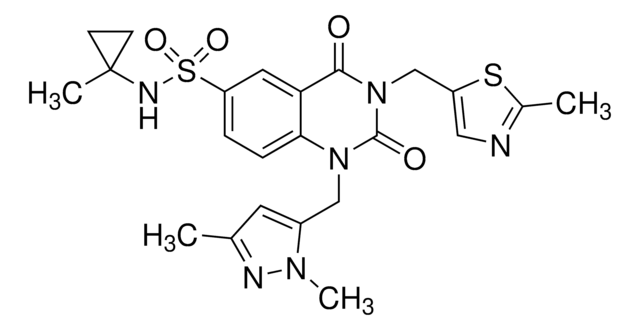

![[3aR-[2(3′aR*,8′aS*),3′aβ,8′aβ]]-(+)-2,2′-Methylenebis[3a,8a-dihydro-8H-indeno[1,2-d]oxazole] 98%](/deepweb/assets/sigmaaldrich/product/structures/134/031/294d2464-1571-4514-8e4c-c0cda1c1df7b/640/294d2464-1571-4514-8e4c-c0cda1c1df7b.png)
